Spring is nature’s cue to renew and refresh. Whether you’re looking to add value for potential sale or simply create a more comfortable living space, you can make the most of the season and breathe new life into your home with projects that provide a high return on investment (ROI).
Consider these top home renovation projects to tackle this spring from the experts at Westlake Royal Building Products – a leader in innovation, design and production of exterior and interior building products including siding, trim, mouldings, roofing, stone, windows, outdoor living and more – based on the 2024 Cost vs. Value Report from “Remodeling Magazine.”
Remodel the Kitchen and Bathroom
The average seller can expect an 96.1% return on a light touch to the kitchen, according to the report, and 73.7% on a modest bathroom renovation. Because personal preferences can vary widely among buyers, minor upgrades can provide a higher ROI than large, upscale remodels. A few easy ways to refresh your kitchen or bathroom include updating shelving or adding new hardware. Decorative trim and mouldings are also cost-effective ways to add visual interest.
Upgrade with Stone Veneer
 As natural and textured home trends continue, homeowners are gravitating toward stone veneer, or manufactured stone, as it can replicate the look of real stone, adding comfort, character and beauty to homes. An option like Versetta Stone from Westlake Royal Building Products offers the authentic, handcrafted look of stone in a panelized format that’s easy to install with nails and screws. There’s also no need to paint, coat or seal once installed. Ideal for its ability to add texture and dimension throughout both home interior (accent walls and fireplaces) and exterior applications (siding, entryways and walkways), stone veneer – which comes with a 153.2% ROI – can influence mood, emotion and energy levels while serving as a focal point of your home’s design.
As natural and textured home trends continue, homeowners are gravitating toward stone veneer, or manufactured stone, as it can replicate the look of real stone, adding comfort, character and beauty to homes. An option like Versetta Stone from Westlake Royal Building Products offers the authentic, handcrafted look of stone in a panelized format that’s easy to install with nails and screws. There’s also no need to paint, coat or seal once installed. Ideal for its ability to add texture and dimension throughout both home interior (accent walls and fireplaces) and exterior applications (siding, entryways and walkways), stone veneer – which comes with a 153.2% ROI – can influence mood, emotion and energy levels while serving as a focal point of your home’s design.
Install New Windows
Depending on the harshness of winter in your area and the age of your home, you may notice certain windows have developed drafts, allowing cold air to enter and heat to escape. Replacing drafty or outdated windows with modern, energy-efficient models is one of the most effective ways to enhance your home’s energy efficiency. Additionally, a vinyl window replacement brings approximately 67.1% ROI.
Replace Siding
In some cases, applying a fresh coat of paint is enough to refresh your home. However, if you’re looking to enhance your home’s curb appeal while making a long-term impact, consider installing new siding or replacing existing siding. Because vinyl siding serves as an additional layer of insulation, improving the energy efficiency of your heating and cooling systems, it offers a 80.2% ROI. Weather-resistant, low-maintenance siding like Celect Cellular Composite Siding, which is now available in on-trend colors including Imperial Red, a robust shade of red; Deep Pewter, a compellingly modern forest green; and Timberland, a rich, natural brown, won’t warp, sag or buckle and is built to withstand even the harshest weather conditions. Its patented interlocking joints provide a seamless look and it’s easy to install in small spaces, like along a knee or pony wall.
Update Decking
If you want to entertain guests outside, spring is a perfect time to get your patio or deck ready. While a new coat of stain can update your existing deck’s appearance and help protect it, spring is also an ideal time to build a deck if your home doesn’t currently have one. When choosing a decking material, cost and maintenance are two factors to consider. Composite decking offers a 68.2% ROI and is low maintenance as it’s not susceptible to cracking, warping and weather damage.
Find more ideas to update your home this spring at WestlakeRoyalBuildingProducts.com.
Westlake Royal Building Products



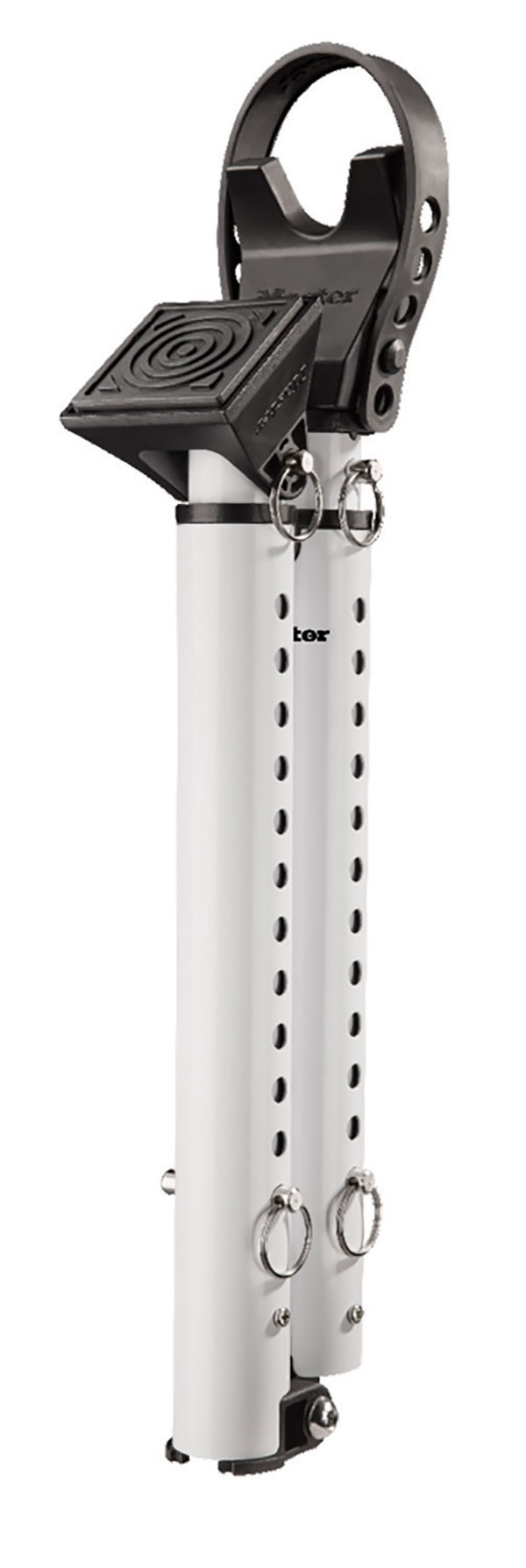
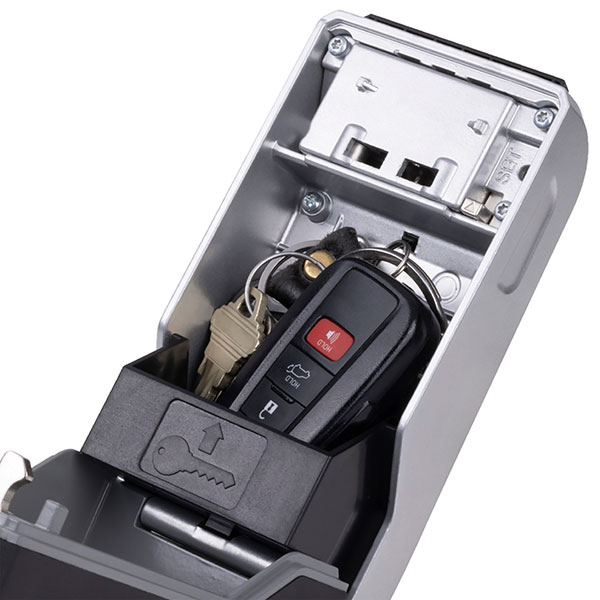
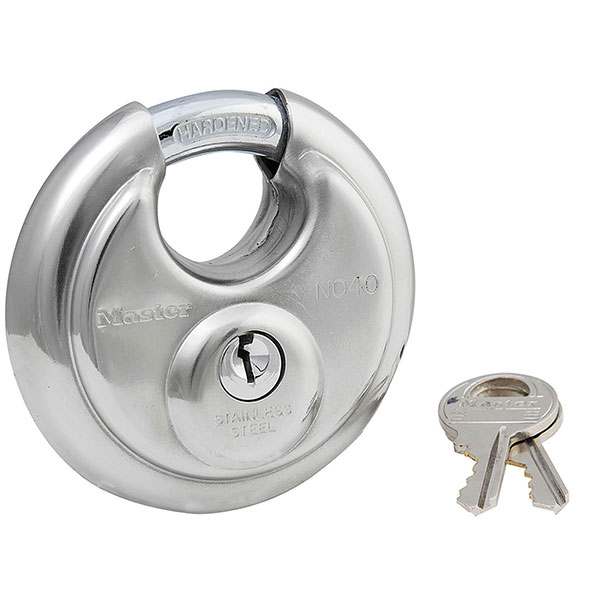



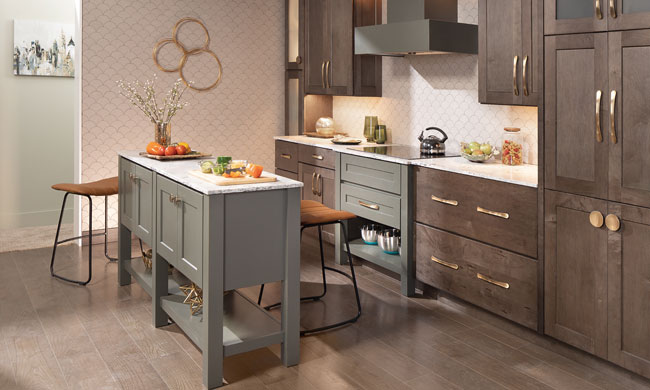
 Painted cabinets had their moment, but the latest designs are revealing a movement back toward warm wood grains, specifically oak. As trends continue to shift toward embracing natural elements, as well as exploring diverse color palettes, cabinet manufacturers are constantly innovating to meet the demands of consumers and design professionals alike.
Painted cabinets had their moment, but the latest designs are revealing a movement back toward warm wood grains, specifically oak. As trends continue to shift toward embracing natural elements, as well as exploring diverse color palettes, cabinet manufacturers are constantly innovating to meet the demands of consumers and design professionals alike.
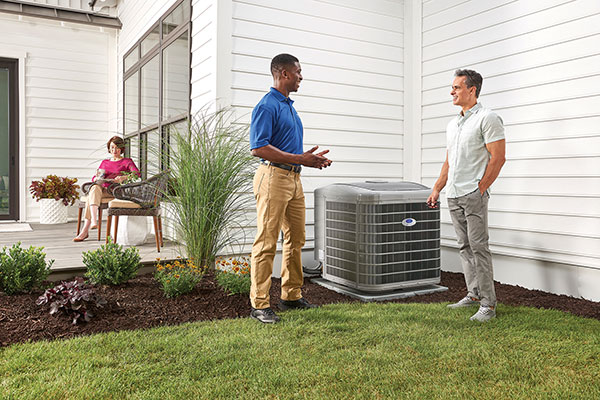 Upgrade to an Energy-Efficient HVAC System. If your HVAC system is outdated, consider replacing it with a more energy-efficient model. Look for systems with an Energy Star or high SEER2 (seasonal energy efficiency ratio) rating, which indicates better energy efficiency. The higher the SEER2 rating, the more efficient the unit. Financial incentives for installing a higher-efficiency system are available through the
Upgrade to an Energy-Efficient HVAC System. If your HVAC system is outdated, consider replacing it with a more energy-efficient model. Look for systems with an Energy Star or high SEER2 (seasonal energy efficiency ratio) rating, which indicates better energy efficiency. The higher the SEER2 rating, the more efficient the unit. Financial incentives for installing a higher-efficiency system are available through the 
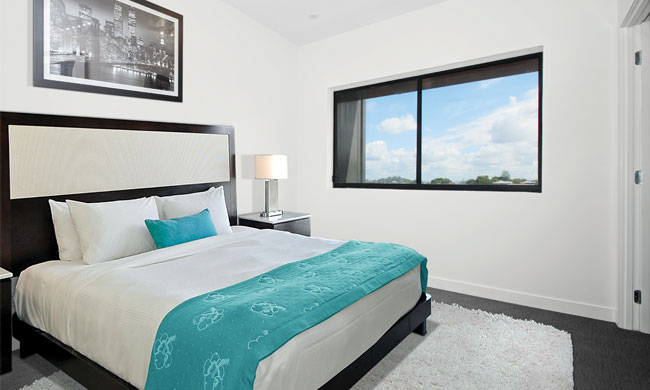
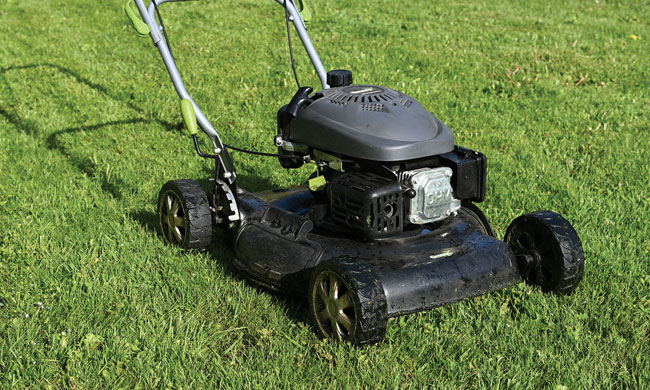
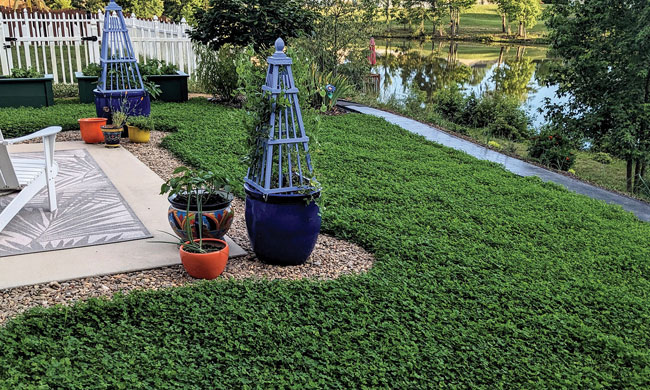
 “‘Miniclover
“‘Miniclover


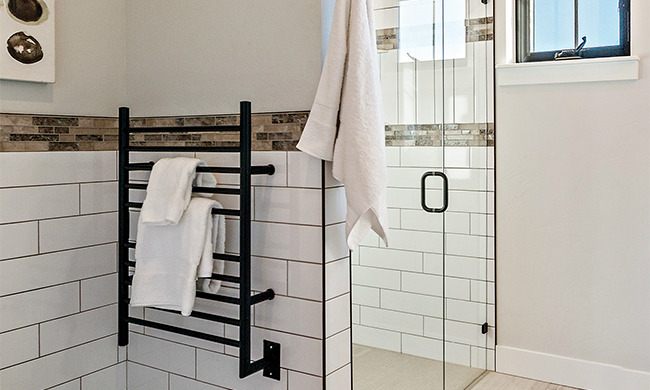
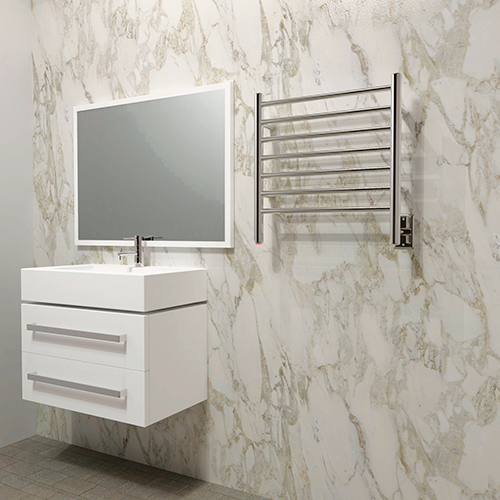




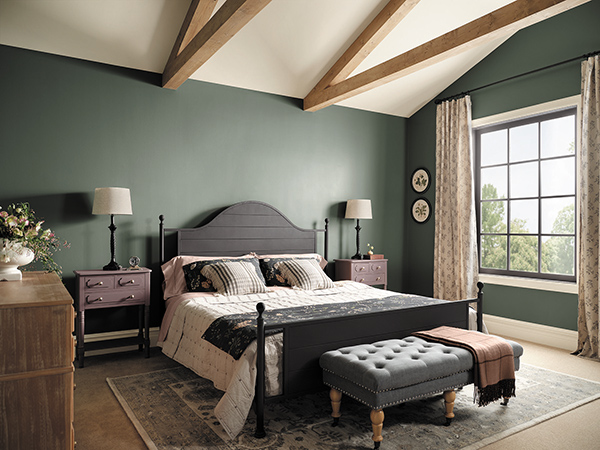 Using color to evoke feelings and emotions is hardly new but combining a carefully curated color palette with other design elements can allow you to create a look that pays homage to the past while breathing new life into your living space.
Using color to evoke feelings and emotions is hardly new but combining a carefully curated color palette with other design elements can allow you to create a look that pays homage to the past while breathing new life into your living space. Mixing and Matching of Eras: A new take on retro design is emerging in which eras are blended and new and old furnishing work side by side. To get this look, you’ll craft a space that marries historical and contemporary design, celebrating both the old and new. To design for longevity, incorporate pieces that are ambiguous in era and stand the test of time.
Mixing and Matching of Eras: A new take on retro design is emerging in which eras are blended and new and old furnishing work side by side. To get this look, you’ll craft a space that marries historical and contemporary design, celebrating both the old and new. To design for longevity, incorporate pieces that are ambiguous in era and stand the test of time.